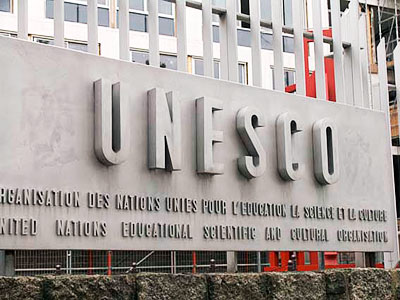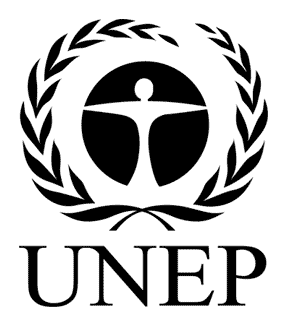The navigation of rivers, lakes and oceans began before recorded history. Navigation, due to its relationship and importance to transportation, has played a leading part in the advancement of civilization. Men learned early that travel by water was a convenient means of transporting their goods of trade to other lands.
The first crafts were probably kinds of canoes that were cut out from tree trunks and propelled with short oars. During the Stone Age, these embarkations were made by cutting down a tree and hollowing its trunk. Later, they were covered with impermeable fabrics before being constructed from tied or sewed wooden plates. Soon it was discovered that if sails were attached to the ships, they would harness wind-power and the ships would go faster. Early sails were probably made of interwoven rushes or leather.
Read more




